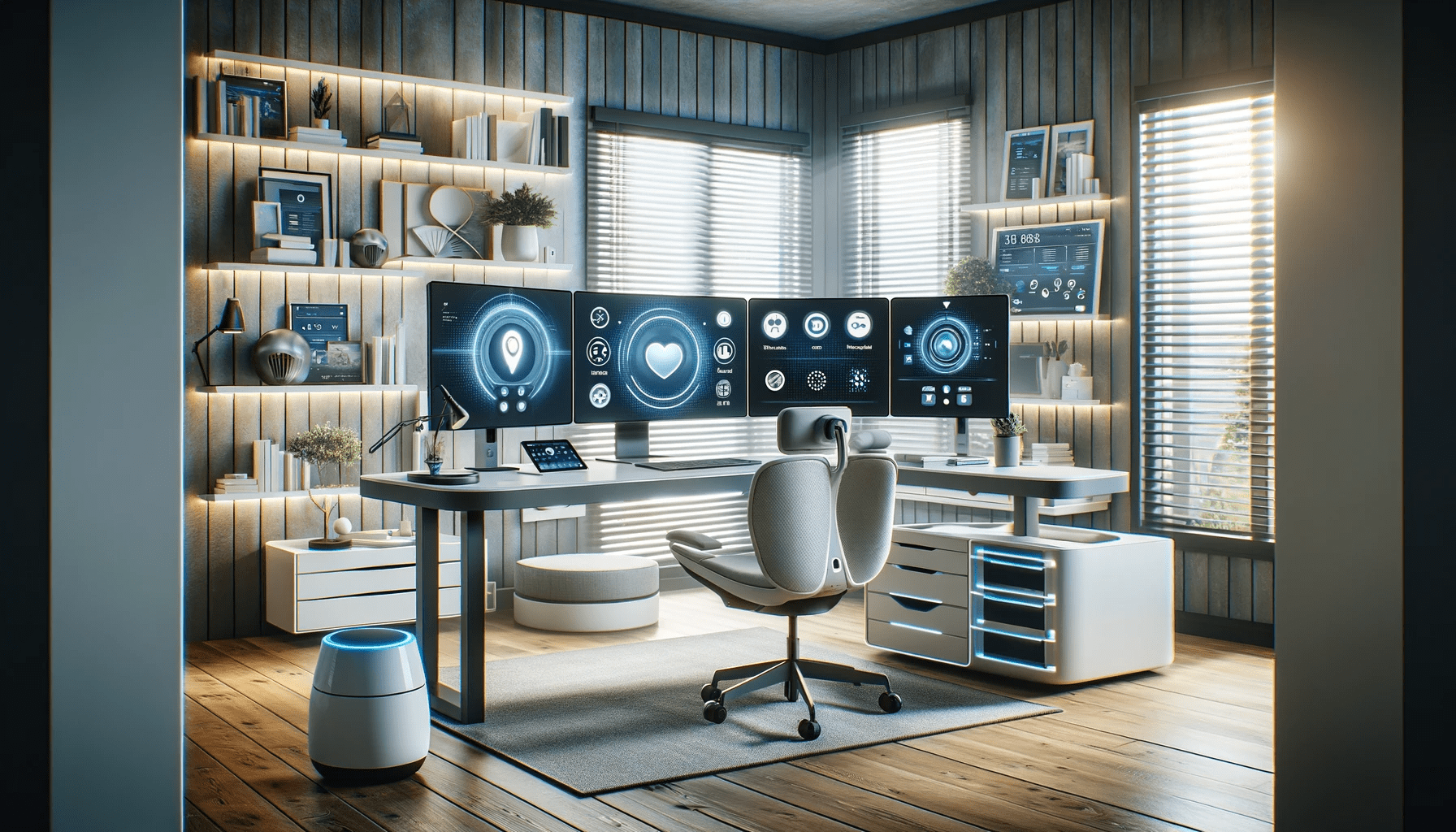In an era where home automation and personalized environments are becoming increasingly important, the launch of the Nanoleaf Skylight offers a fresh perspective on smart lighting solutions. While it boasts a suite of innovative features designed to enhance user experience, it’s not without its drawbacks. The Skylight attempts to blend functionality with aesthetics, creating a versatile product aimed at transforming ordinary spaces into interactive, mood-enhancing environments. This report delves deeper into its features, user feedback, and overall market performance to give potential buyers a clearer picture.
What Sets Nanoleaf Skylight Apart?
Nanoleaf’s latest offering stands out due to its modular design, allowing users to customize the layout and size of their ceiling light setup. With color-changing capabilities and integration with major smart home ecosystems, it promises an immersive lighting experience. However, some users have noted issues with connectivity and control, which could detract from its overall usability and satisfaction.
How Do Users Feel About It?
Initial reactions to the Nanoleaf Skylight have been mixed. Enthusiasts of smart home technology appreciate its innovative approach to customizable lighting, while others find the setup process and app functionality less intuitive. This dichotomy highlights the challenges manufacturers face when balancing advanced features with user-friendly interfaces.
Related news from “The Verge” in their article “Smart Lighting Expands with New Players” and “Engadget” in “Smart Homes Get Smarter: Lighting Edition” touch on comparable smart lighting solutions newly introduced to the market. Both articles underscore the growing competition and the varying degrees of consumer acceptance, indicating a fiercely competitive market where functionality and ease of use can make or break a product.
What Does Research Say?
A study published in the “Journal of Environmental Psychology,” titled “The Psychological Impact of Light and Color,” underscores the importance of lighting in influencing human mood and behavior. The research highlights how dynamic lighting can significantly enhance user interaction and emotional well-being. This scientific backing suggests that products like the Nanoleaf Skylight, which offer extensive color and brightness adjustments, have a solid foundation in user psychology, though practical application may vary.
User-Usable Inferences
- Nanoleaf Skylight enhances mood with adjustable colors.
- Setup complexity may affect user satisfaction negatively.
- Integration with smart home systems adds valuable versatility.
The Nanoleaf Skylight emerges as a complex yet promising addition to the smart lighting arena. It offers a visually appealing and technically sophisticated option for those looking to enhance their living spaces. However, the mixed user experiences and issues with app functionality suggest there is room for improvement. Companies venturing into this space must prioritize ease of use to foster higher adoption rates.
Despite potential pitfalls, the Nanoleaf Skylight presents a significant step forward in home lighting technology, reflecting broader trends towards more adaptable and responsive home environments. For users willing to navigate the initial setup, it offers a unique way to personalize and control their home atmosphere, potentially improving their quality of life. As the market for smart lighting continues to evolve, it will be fascinating to see how these technologies develop in terms of user-friendliness and reliability.










